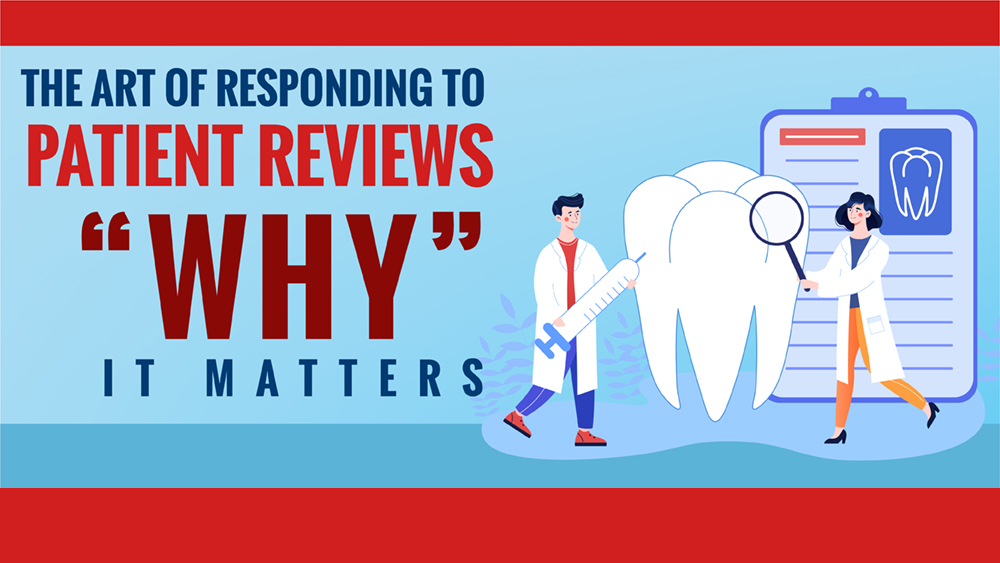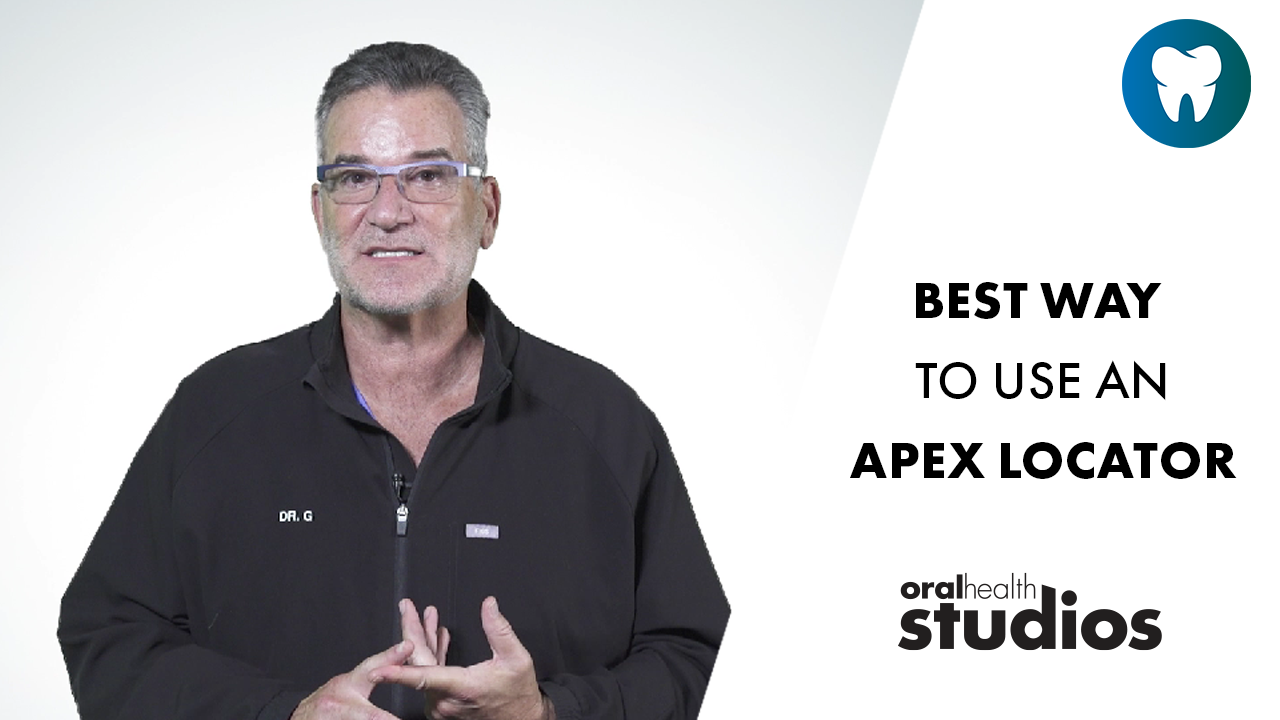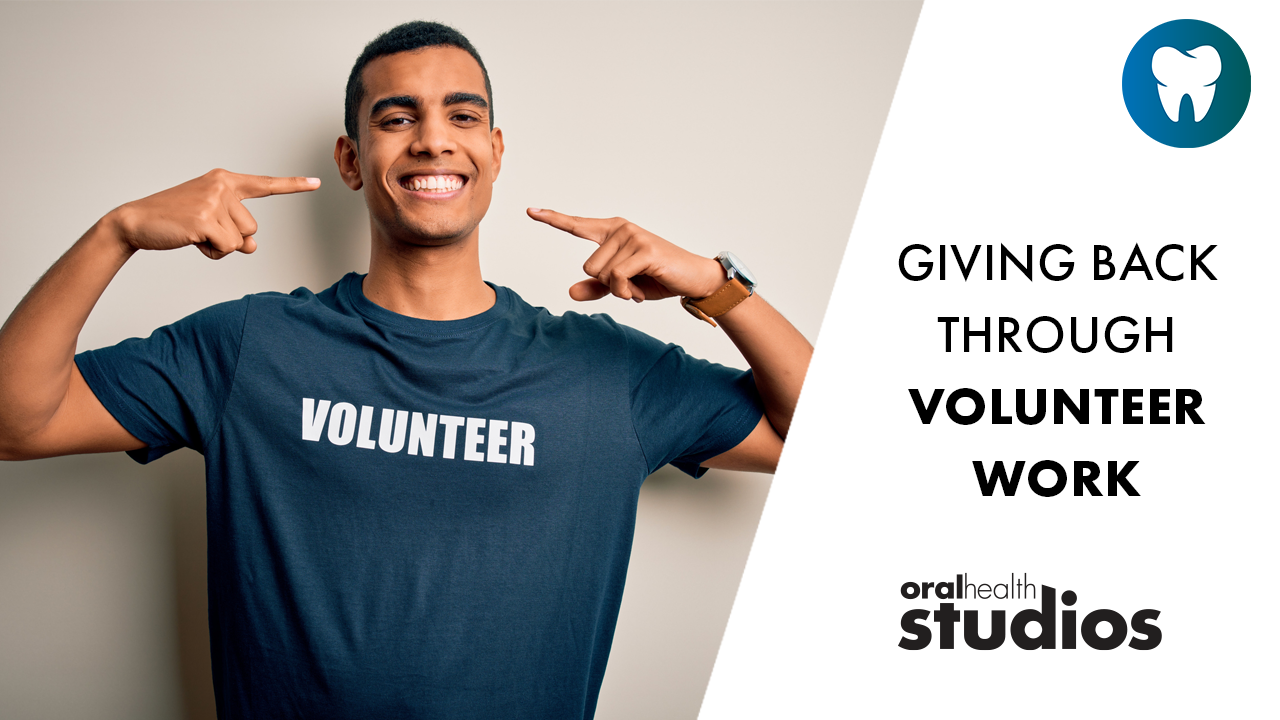Introduction
This publication is a continuation of the case report published in 2020, on rehabilitation of both failing implants and remaining dentition with implant overdentures. Prosthetic treatment was delayed last year due to COVID-19.
Prosthetic Treatment
The patient’s provisional upper denture was under-extended to maximize support, retention, and stability in light of the horizontal prosthetic cantilever. This cantilever was formed due to advanced residual ridge resorption of the maxilla palatally and the mandible facially. (Fig. 1) Extraorally, this resulted in a lack of upper lip support. (Fig. 2)
Fig. 1

Fig. 2

Mounted lab models, along with the denture wax-up were sent to Straumann’s laboratory in Arlington, Texas. The maxillary model with implant analogs, and denture wax-up were scanned. Using Straumann® virtual planning, the bar over-denture was then simulated, showing implant axes, the Novaloc® Matrix Housings, as well as the prosthetic space available for both acrylic and metal framework. (Fig. 3)
Fig. 3

Screw-retained abutments (SRA’s) correct for the implant axial divergences. (Fig 4) The milled rigid bar was designed with parallel walls to help to reduce rotational over-denture movements, comparable to that of a fixed prosthesis, while also reducing the wear of the attachment system. This design permits a parallel path of insertion, may ease the removal of the prosthesis, and may be advantageous for elderly patients with reduced dexterity.1 The bar has a precise, passive seating on the SRA’s. The bar was designed with 6 receptacles for screw-in Straumann® Novaloc® overdenture abutments.
Fig. 4

The mounted models along with denture wax-up and the titanium milled bar were returned. (Fig. 5) The upper and lower denture wax-ups are shown in occlusion, and in their relation to the bar. The vertical prosthetic space between the upper edentulous ridge and lower occlusal plane is evident. The bar will provide support to effectively manage the horizontal prosthetic cantilever. Final dentures were then fabricated, with inset Novaloc® Matrix Housings. (Fig. 6)
Fig. 5

Fig. 6

The maxillary bar was then inserted. This bar achieved parallelism of the retentive elements, the screw-in Straumann® Novaloc® overdenture abutments. Each denture’s set of Novaloc® Matrix Housings received the appropriate Retention Inserts. (Fig. 7) The bar has 1mm of gingival clearance allowing accessibility for plaque control.1 (Fig. 8) The patient was very satisfied with her overall experience, and the final functional and esthetic outcome. The periodontist was Dr. Valentin Dabuleanu. The denturist was Mr. Mario Borsatti. Exceptional surgical and prosthetic support was given throughout by Mr. Costin Vladau at Straumann® Canada.
Fig. 7

Fig. 8

Fig. 9
Conclusion
This case report, over two articles, discussed a staged surgical and prosthetic replacement of both failing implants and natural dentition with removable implant overdentures. This report highlighted the importance of how virtual planning software assists in the fabrication of the prosthesis. Monitoring and maintenance after treatment completion is of paramount importance, but especially important in this high-risk case.
Oral Health welcomes this original article.
References
- Pozzi A, et al. Four-implant overdenture fully supported by at CAD-CAM titanium bar: A single cohort prospective 1-year preliminary study. The Journal of Prosthetic Dentistry. 2016; 116: 516-523.
About the Author
 Dr. Valentin Dabuleanu maintains a private practice in Toronto limited to periodontics and implant surgery in a combined periodontal and endodontic practice with Dr. Mary Dabuleanu, Endodontist, and alongside the family practices of Dr. Tudor Dabuleanu, Dr. Emilia Nicola, and Dr. Mirela Miciu, General Dentists. Valentin is a Fellow of the Royal College of Dentists of Canada in Periodontology. He obtained his DDS from the University of Toronto in 2010, and subsequently completed a general practice residency at Vancouver General Hospital. Valentin completed his MSc degree and speciality training in Periodontology at the University of British Columbia in 2014. He can be reached at valentindab@gmail.com
Dr. Valentin Dabuleanu maintains a private practice in Toronto limited to periodontics and implant surgery in a combined periodontal and endodontic practice with Dr. Mary Dabuleanu, Endodontist, and alongside the family practices of Dr. Tudor Dabuleanu, Dr. Emilia Nicola, and Dr. Mirela Miciu, General Dentists. Valentin is a Fellow of the Royal College of Dentists of Canada in Periodontology. He obtained his DDS from the University of Toronto in 2010, and subsequently completed a general practice residency at Vancouver General Hospital. Valentin completed his MSc degree and speciality training in Periodontology at the University of British Columbia in 2014. He can be reached at valentindab@gmail.com













